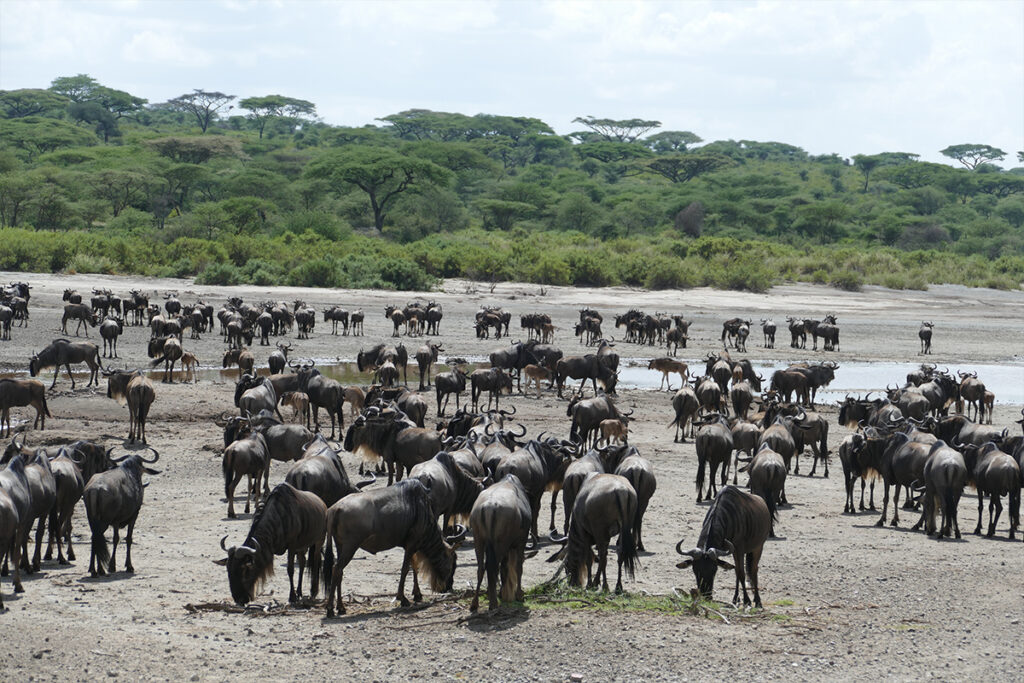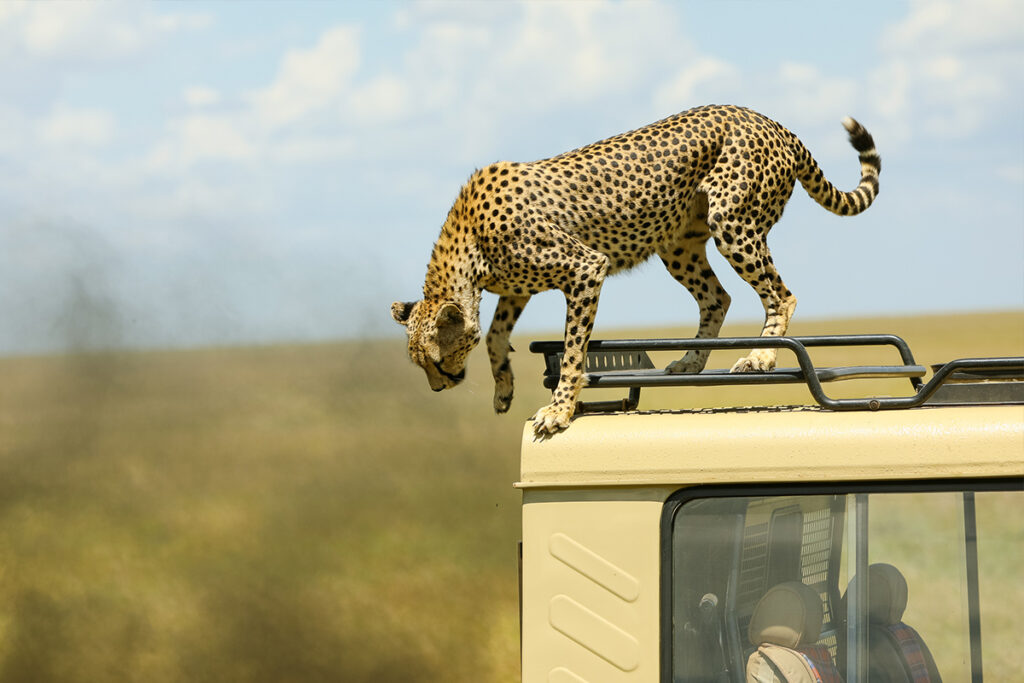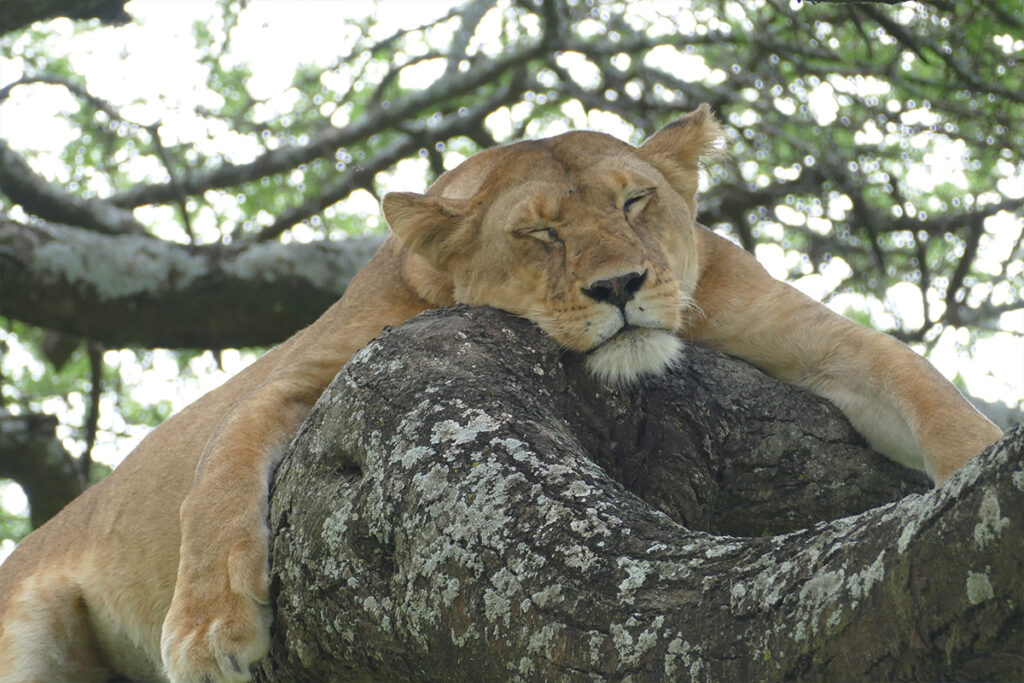Barafu Camp, perched at 15,331 feet, is often regarded as one of the most critical points on the journey to the summit of Mount Kilimanjaro. The significance of this place is not just in its altitude but in the emotions it stirs in those who arrive here. A milestone on the Machame Route, Barafu means ‘ice’ in Swahili – a name well-suited given the chilling winds that brush past the camp.
This base camp was established to serve as a staging point for climbers aiming to conquer Kilimanjaro’s Uhuru Peak. Rich in history, it has been a ground for countless triumphs, as well as a calculated stop to mitigate altitude sickness. Statistically, over 90% of climbers who successfully reach this point end up summiting, highlighting its strategic importance. Here, expertise in planning and pacing meets the raw energy of passion and perseverance.

Overview of Barafu Camp on Mount Kilimanjaro
Barafu Camp is a critical stop on the way to the summit of Mount Kilimanjaro. Situated at an altitude of 15,331 feet, it serves as the last major checkpoint before the final ascent to Uhuru Peak. Climbers often spend a night here to acclimate to the high altitude. The camp is known for its stunning, panoramic views of the surrounding landscape. It’s also a place where climbers make their final preparations for the summit push.
The weather at Barafu Camp can be quite harsh, with cold temperatures and strong winds being common. It’s essential to have appropriate gear to stay warm and safe. The camp has basic facilities like tents and makeshift toilets. However, luxuries are sparse, so it’s not a place for comfort seekers. The focus here is purely on survival and preparation for the final climb.
Barafu Camp is divided into different sections to accommodate the influx of climbers. Guides and porters play a huge role in setting up and managing the camp. They ensure that climbers have everything they need for the night. The camaraderie among climbers is palpable, as everyone shares the same goal. This sense of community helps in boosting morale.
Reaching Barafu Camp is an achievement in itself. It serves as a mental checkpoint, reminding climbers of how far they’ve come. The camp is often bustling with activity as hikers arrive and prepare for their summit attempts. The night is short, as climbers typically leave for the summit just before midnight. The goal is to reach Uhuru Peak by sunrise.
SUMMITING UHURU PEAK – Climbing Mt Kilimanjaro Day 6 | From Barafu Camp through STELLAR POINT
Geographical Location and Altitude
Barafu Camp is strategically located on the southeastern slope of Mount Kilimanjaro in Tanzania. This area is part of the Kilimanjaro National Park, a UNESCO World Heritage Site. The camp rests at an impressive elevation of 15,331 feet above sea level. Its location offers breathtaking views of the surrounding peaks and plateaus. Despite the stunning scenery, the air can be quite thin and challenging for climbers.
The geographical setup of Barafu Camp is unique. Nestled between rocky outcrops and rough terrain, the camp plays a vital role in acclimatizing climbers. The rocky terrain is a stark reminder of the volcanic origins of Mount Kilimanjaro. The temperatures can drop significantly, especially after sunset. This requires climbers to be well-prepared with appropriate gear.
A map of the region shows Barafu Camp as a key point on the popular Machame Route. This route is among the most scenic paths to the summit, offering climbers a closer look at Kilimanjaro’s diverse ecosystems. It takes several hours for climbers to trek from the lower camps to reach Barafu. The journey allows them to experience various climatic zones, from lush rainforests to arid alpine deserts. Climbers often take breaks along the way to adapt to changing conditions.
Being at such high altitudes, Barafu Camp demands climbers to be aware of altitude sickness. Symptoms can include headache, nausea, and dizziness, emphasizing the importance of acclimatization stops. To aid this,
- proper hydration
- slow ascent
- and sufficient rest
are crucial strategies. The camp’s positioning offers not just challenges but also serves as an educational spot on high-altitude trekking. Preparing for these conditions is key to a successful summit attempt.
The Essential Role of Barafu Camp in Climbing Kilimanjaro
Barafu Camp plays a crucial part in the journey up Mount Kilimanjaro. Acting as the final staging ground, it is where climbers make last-minute preparations for their summit attempt. The camp provides an opportunity for acclimatization, which is vital for coping with the high altitude. Proper planning and rest here can significantly increase the chances of reaching Uhuru Peak. Climbers typically check their gear and stock up on essentials before setting out.
The location of Barafu Camp offers strategic advantages for climbers. Being close to the summit provides an optimal setup for a midnight departure. This timing allows climbers to reach the peak at sunrise, one of the most magical moments on the mountain. This approach also minimizes exposure to intense sunlight and fluctuating temperatures. Guides often brief climbers extensively here to ensure everyone is ready.
Logistics at Barafu Camp are handled efficiently by experienced guides and porters. While facilities are basic, they cater to the essential needs of climbers. This includes shelter, food, and medical support for altitude sickness. The team ensures that all climbers are accounted for and have the necessary supplies. In such a harsh environment, teamwork and organization are key to success.
Mentally, Barafu Camp serves as a place where climbers solidify their determination to reach the peak. With the summit closer than ever, excitement and anxiety build up among the group. The camp becomes a place of encouragement, where climbers share stories and support each other. This human connection can be inspiring and helps keep spirits high. As the final stop before the summit, Barafu Camp embodies the dream of reaching the top.
Preparation Tips for the Final Ascent from Barafu Camp
Before setting off from Barafu Camp, checking and organizing your gear is crucial. Ensure your warm clothing is accessible as temperatures significantly drop at night. Be sure your headlamp has fresh batteries, as you’ll be trekking in the dark. It’s wise to pack high-energy snacks for a quick boost. Don’t forget a thermos of hot tea or soup for warmth.
Acclimatization is a key factor for a successful ascent. Spend adequate time at Barafu Camp to adjust your body to the altitude. Many climbers find that doing breathing exercises helps with oxygen intake. Hydration is equally essential; drink plenty of water, even if you don’t feel thirsty. These small steps can greatly reduce the effects of altitude sickness.
Rest is just as important as preparation. Aim for a few hours of sleep before the final ascent, even if it’s just a power nap. Going over your summit plan, including timing and pacing, can help set your mindset. Discussing this with your guides gives mental clarity. Confidence in your plan can have a positive effect on your morale.
Psychological readiness often makes a big difference. Visualize yourself reaching the summit to boost your motivation. Sharing stories and encouragement with fellow climbers can also lift spirits. Positive energy is contagious and can lighten the stressful atmosphere. Remember, reaching the top is not just a physical feat but also a mental challenge.
Effective communication with your team is vital. Regularly check in with your climbing group and update them on your status. This ensures everyone’s safety and keeps the group intact. Listening to your body’s signals and sharing this with your guide can prevent potential issues. As you embark on your final ascent, teamwork and resilience become your greatest assets.
Life at Barafu Camp: Facilities and Daily Routines
Living at Barafu Camp involves adapting to a simple lifestyle. The camp offers basic facilities, with tents serving as the primary shelter. There are no permanent buildings, so camping gear is essential. Makeshift toilets are available, but privacy is limited. Despite the basic setup, climbers make the best of their time here.
Every day at Barafu Camp follows a regular routine. Climbers usually start the day by preparing meals together with their guides. Breakfast is often hearty, providing the energy needed for the day’s activities. After eating, some choose to explore the surrounding area for acclimatization purposes. These activities help in building stamina.
Afternoons at the camp are typically reserved for rest and recovery. It’s a good time to go over gear and make needed adjustments. Climbers might spend time chatting with fellow adventurers, sharing stories and experiences. This camaraderie adds a sense of community at the camp. The breaks are important for both physical and mental relaxation.
Dining at Barafu Camp is an experience on its own. Meals are usually cooked over portable camping stoves, with guides helping to prepare simple yet nutritious food.
- Soups are a popular choice for warmth
- while energy bars are great for quick snacks
- Hydration is a must, so tea and purified water are abundant
Shared meals create a bond among climbers.
Nights at the camp bring their unique rhythm. Under the clear, starry skies, climbers gather to discuss the plans for the final ascent. This quiet time helps everyone mentally prepare for the adventure ahead. As temperatures drop, climbers retreat into their sleeping bags for a brief rest. Nights might be cold, but the excitement for the summit keeps spirits warm.
Impact of Barafu Camp on Success Rates of Summit Attempts
Barafu Camp plays a vital role in increasing the success rates of summit attempts on Mount Kilimanjaro. As the last camp before reaching Uhuru Peak, it serves as a preparation hub where climbers finalize their strategies. Spending time here allows for much-needed acclimatization, reducing the risk of altitude sickness. Guides often use this time to conduct briefings, ensuring everyone knows the plan. Proper preparation at Barafu provides a psychological boost.
The camp’s elevation makes it an ideal location for climbers to adjust to thinner air. Many climbers feel better equipped after a night’s rest at this altitude. Studies suggest that climbers who take the time to acclimatize at Barafu have higher summit success rates. The camp acts as a stop where the body gets used to reduced oxygen levels. This adaptation is crucial for endurance and stamina.
Support staff at Barafu Camp, including guides and porters, significantly influence success rates. Their experience helps in guiding climbers through the challenges they may face. Guides offer personalized advice, paying attention to each climber’s condition. This support ensures that climbers feel confident and motivated for the final push. The expertise of the staff ensures safety, another critical factor in achieving the summit.
Logistical preparation at Barafu is essential for summit success. Climbers organize their gear, ensuring easy access to what they need during the ascent.
- Headlamps
- gloves
- and jackets
are checked and rechecked. Everything needs to be in top condition for the trek to the peak. These preparations help in avoiding any last-minute hiccups.
Finally, the role of mental preparedness cannot be overlooked. Barafu Camp provides an environment where climbers can mentally gear up for the ascent. Sharing stories and experiences with fellow climbers creates a sense of community. This collective spirit often fosters resilience and determination. A positive mindset from Barafu often translates to a successful summit.
Key Takeaways
- Barafu Camp is the last stop before Kilimanjaro’s summit.
- It sits at a height of 15,331 feet.
- The camp offers time to acclimate and rest.
- Basic facilities provide essential support for climbers.
- Proper preparation here boosts chances of summit success.




